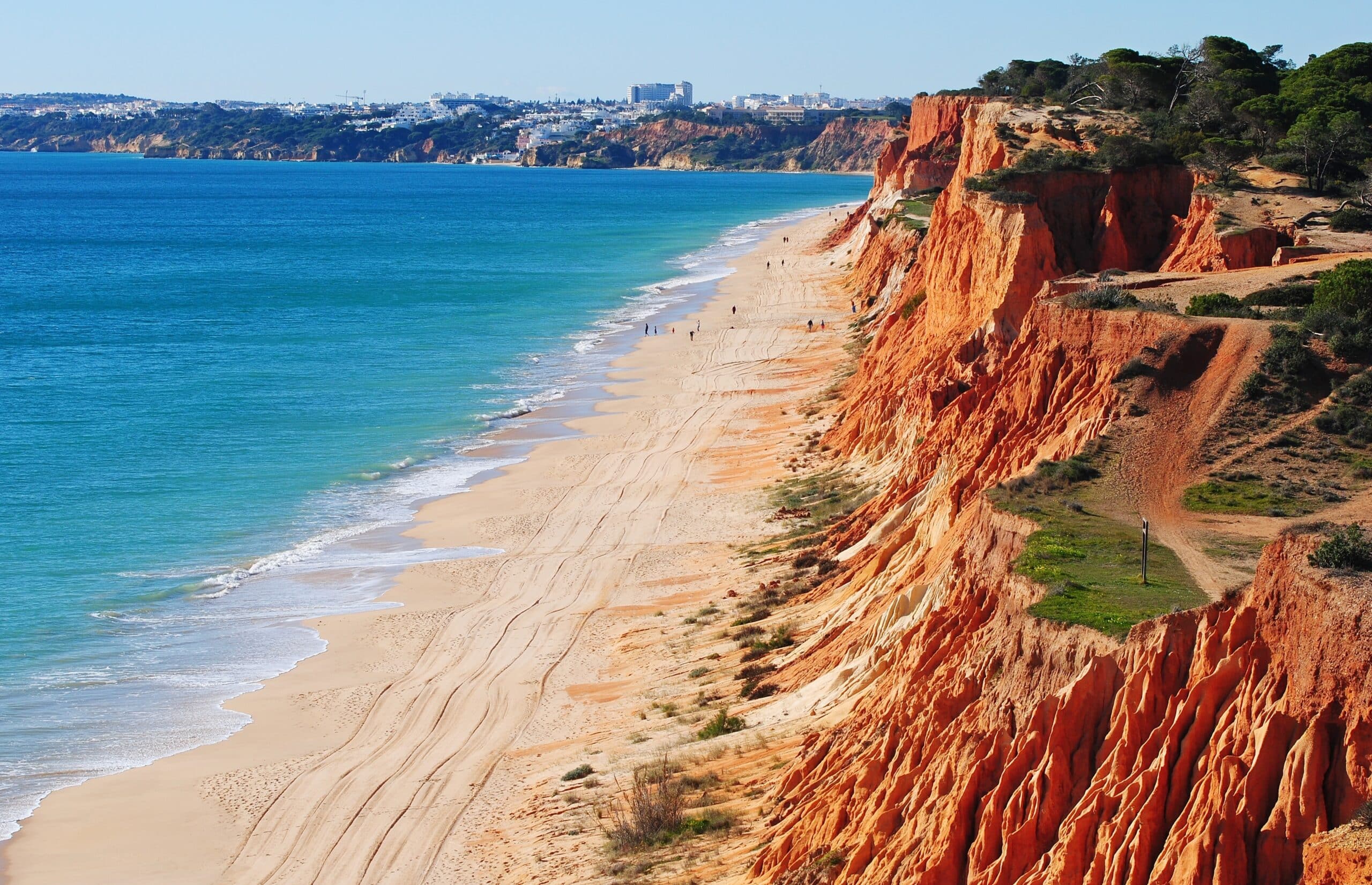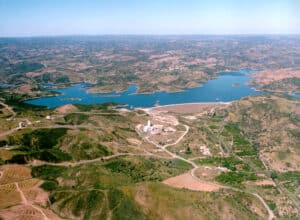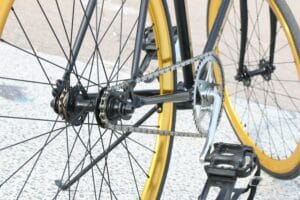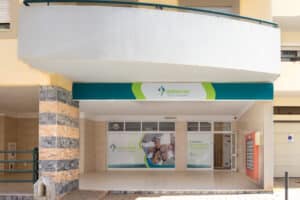Klaus Kallenberg, with extensive experience in the field, believes desalination is key to tackling drought and water shortages in the Algarve
The Algarve’s desalination plant project has received a thumbs up from one of the pioneers of the field, who believes that turning sea water into potable water is the most feasible solution to the region’s extreme drought.
Klaus Kallenberg, 82, is a retired chemical engineer with over 50 years of experience in water treatment, 40 years in membrane technology (used in desalination), and 15 years in seawater reverse osmosis, having been involved in the first trials of this technology around 50 years ago and commissioned his first Reverse Osmosis system in the early 1970s. He was born in Germany, is a Swiss citizen and has been staying part-time in the Algarve during the last 40 years. He has been a Portugal resident since retirement.
Being one of the pioneers in this area, Kallenberg wanted to shed further light on what desalination entails, especially at a time when the Algarve desalination project has been the target of harsh criticism from environmentalists.
“Seawater desalination by reverse osmosis is a state-of-the-art, mature and reliable process, used worldwide successfully for production of high-quality potable water,” he told the Resident. “It is a well-established and proven technology, with no known critical adverse effects.”
As the expert explained, the sea provides “unlimited raw water availability”, while potable water produced by desalination plants is “free from any harmful substances”, as it is “sterile at the time of production”.
Kallenberg also explained that the environmental impacts are “fully under control and traceable”, desalination plants can be powered “partly or fully by renewable energy” and that there is already a wealth of experience gained from existing plants which have been built and continue to operate around the world. It’s also a solution that can be implemented in a relatively short amount of time compared to other alternatives.
Given his professional background, the chemical engineer is aware that people may think he is biased.
“But that is not the case,” he insists. “I would love it if the Algarve had enough ground- and dam water, but from a rational point of view, we have come to the point where desalination is absolutely necessary”.
Repairing the 30% water loss in the Algarve’s water distribution network is important, Kallenberg recognises, but it is a “huge project” which will “take years, cost a large amount of money” and run the risk of “never being completed.”
Another option is increasing wastewater recycling for irrigation re-use. “But what many people forget is that you can only recycle water that is available. If there is no freshwater, there is no wastewater.”
Reducing consumption by imposing restrictions is a solution that municipalities in the Algarve are already implementing (see story on page 12), but which will “reduce the quality of life for most people, is difficult to control, and will reduce the region’s attractiveness for tourists”.
Considering all this (and that “waiting for more rain” is also a pipe dream), desalination stands out, in his view, as the main solution.
Brine, the unavoidable by-product of seawater desalination
But what about brine, the much-maligned but unavoidable by-product that environmentalists have taken issue with and which they believe will have very harmful effects? It is truly as detrimental as people fear?
“It is not. I have dealt with this issue in several projects. And the first thing I can say about this is that there have been no real cases of serious issues anywhere,” the expert explained, adding that if the plants and outfalls are well-planned and constructed, this is not an issue.
He also dispelled the belief that copper is released into the sea, describing it as “pure nonsense”. Kallenberg explained that these claims may be based on data from “very old plants, likely dating back 30 years, when copper sulphate was used to fight algae growth. It is definitely not used anymore in seawater desalination.”
The substances released back additionally into the sea after treatment are sodium chloride and sodium sulphate, he said, both of which are found in high concentrations in seawater. “But the amount released is very little, only a few milligrams per litre,” the chemical engineer told us. “So, all the substances that are going into brine are basically the same as those that are already in seawater. And it’s strictly controlled. I read the (Algarve desalination plant) tender specifications and the environmental studies, and they have really covered all aspects. I was positively surprised,” Kallenberg said.
He recognised, however, that the release of brine back into the sea is a critical aspect of a desalination plant’s operation.
Desalination plants must make sure that the brine is “properly diluted at re-injection and does not affect marine plants or animals, which is not easy to do, although there is a lot of experience in this area” which is also being used at the Algarve plant.
“It follows the requirements for (brine) dilution, and what this basically means is that the brine is taken through a pipeline which goes, in this case, almost four kilometres out to sea and is then, using special injectors, injected into the sea at high velocity. What this does is create the necessary turbulence, ensuring the brine mixes with surrounding seawater and gets diluted. Near the outfall point, this leads to an increase of salinity in the range of 1%-2%, but just several hundred metres away, it’s almost not measurable anymore with standard methods,” he explained.
While Kallenberg was initially sceptical about the plant’s location (near Praia da Falésia in Albufeira), he eventually changed his mind after reading the tender documents and visiting the site. The Albufeira location, he said, “best fulfills” all the required conditions among the envisaged sites, even though there are also issues that need to be resolved – such as the dispute over required plots of land at the site.
The expert also explained that the Algarve desalination plant is adopting a solution that ensures that the plant’s intake- and outfall pipes are built ‘underground’, keeping beach areas basically “undisturbed” through underpass tunnels. The plant site is also located in the “centre of the Algarve”, which is “optimal for water distribution and power supply”.
“The Albufeira location is a viable solution, and it should be supported by all involved parties. Further delays will cause more issues, damages, and high costs,” he said.
In fact, Klaus Kallenberg defends that the plant project should be amended to allow a later doubling of water production capacity. This requires only larger intake- and outfall pipes and plant space for expansion at this time. His reasoning is that “another plant with equal capacity will be required” to tackle the Algarve’s drought sustainably, and that it will be “very difficult to find and select another location in the Algarve, which will take a very long time, while water scarcity is getting worse”.


























